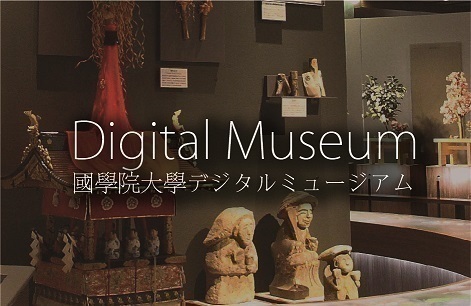- トップ
- Encyclopedia of Shinto
- Yamatotakeru
Encyclopedia of Shinto
| Main Menu: | |
| Links: |
詳細表示 (Complete Article)
| カテゴリー1: | 2. Kami (Deities) |
|---|---|
| カテゴリー2: | Kami in Classic Texts |
| Title | Yamatotakeru |
| Text | [Yamato takeru no mikoto] (Kojiki)(Ninongi) Other names: Ousu no mikoto (Kojiki, Nihongi), Yamatooguna no miko (Kojiki), Yamatooguna (Nihongi). A son of Emperor Keikō, and father to Emperor Chūai. Yamatotakeru's mother was Ōiratsume of Inabi in Harima, the daughter of Wakatakekibitsuhiko, ancestor of the clan known as Kibi no Omi. Together with Wakatarashihiko (Emperor Seimu; in Nihongi, called Wakatarashi) and Prince Iokinoirihiko, Yamatotakeru was one of three princes sired by Emperor Keikō. Accepting to his father's command to campaign in the western provinces, he disguised himself as a woman and killed the leading warrior "brave" (takeru) of the local tribes known as kumaso. As the warrior lay dying, he christened Ousu with the name Yamatotakeru, meaning "brave of Yamato." After subduing various regions in the west, Yamatotakeru returned home, and then left on another campaign, this time to the east. There, he was saved from fire by the "grass-mowing sword" presented to him by Yamatohime no mikoto, and he was delivered from disaster at sea by the sacrificial death of his queen Ototachibanahime no mikoto, thus completing his mission to pacify the unruly kami and rebellious tribes. Yamatotakeru left his sword at the dwelling of his bride Miyazuhime in Owari, saying he would conquer the kami of Mt. Ibukino bare-handed. The kami of the mountain (yama no kami), however, rained hail on Yamatotakeru, weakening him, after which he eventually died at Nobono in Mie Province. Legend relates that a large white bird was seen flying away from the vicinity of Yamatotakeru's mausoleum, and after landing in Kawachi, it flew off again. Nihongi gives Yamatotakeru the imperial title mikoto in recognition of his great service to the unification of Japan, and Kojiki calls his spouse Ototachibanahime an "empress" (kisaki). Further, both Kojiki and Nihongi refer to his death as a kamuagari or kamusari; all of these terms and expressions are normally reserved for emperors, showing the high regard in which Yamatotakeru was held. The Hitachi fudoki goes so far as to refer to "Emperor Yamatotakeru" and "Empress Tachibana." Both Kojiki and Nihongi agree on the course of his campaigns, but they differ somewhat in their description of Yamatotakeru's relationship to Emperor Keikō. According to Kojiki, Ousu murdered his elder twin brother Ōusu as a result of misinterpreting his father's command. Fearful of Ousu's violent disposition, the emperor quickly ordered the young man to leave on a campaign to strike the kumaso rebels in the west. Upon his successful return from that campaign, the emperor next ordered him on a campaign to the east. Ousu sensed his father's wish to dispose of him, and complained to his aunt Yamatohime no mikoto. Through the medium of elegiac poetry, legendary origins of place names along his final journey, and the story of the white bird, Kojiki portrays a tragic image of Yamatotakeru, wandering weakened from Mt. Ibuki to his death at Nobono, forsaken by his father yet still fighting loyally, finally longing for his homeland and expressing his lament in a famous poem: Yamato, most exalted of lands. Within the green hedges of nestled mountains, hidden, How beautiful is Yamato! This verse, however, is not included in Nihongi's version of the Yamatotakeru legend. Instead, the Yamatotakeru saga is related as occurring in a period after Emperor Keikō has himself subdued the Kyushu area, and Yamatotakeru is sent to quell a resurgence of the kumaso rebels. Likewise, Nihongi depicts Yamatotakeru as bravely volunteering to go on the campaign to the east only after his brother Ōusu refuses to go. In response, the emperor lauds Yamatotakeru as a kami in human form whom Heaven has sent as an aid, and Yamatotakeru likewise claims that, while a vassal, he has been successful in pacifying the rebels thanks only to reliance on the "might of the imperial spirit" (mitama no fuyu). He dies lamenting that he cannot serve the emperor again, and in response, the emperor grieves for Yamatotakeru and makes a tour of the eastern provinces, seeking the aforementioned white bird. These elements thus strongly suggest that Emperor Keikō and Yamatotakeru shared the same imperial rank. -Mori Mizue |




